
“The unchosen thing is what causes the trouble. If you don’t do something with the unchosen, it will set up a minor infection somewhere in the unconscious and later take its revenge on you. Unlived life does not just “go away.“–Robert A. Johnson
The shortest day of the year, the longed-for turning point when the earth again travels toward light, has come, and passed. The earth now journeys toward longer days again, slowly leaving behind the long periods of dark. But while the days are still mostly full of shadow, I want to take time to grow quiet and explore that space a bit more.
Many find it challenging to pay for food, rent, and meet basic needs. Throughout the world, innocent people are suffering, hungering for peace. From within and without people ache for greater sustenance, mobility, improved eyesight or foresight, connection, and love. When hard times and difficulties come, most of us long to leave them behind. Desertification, trillions of micro-plastics in the oceans releasing toxic chemicals into the water, and the food chain, loss of species—the very body of Earth cries out for support.
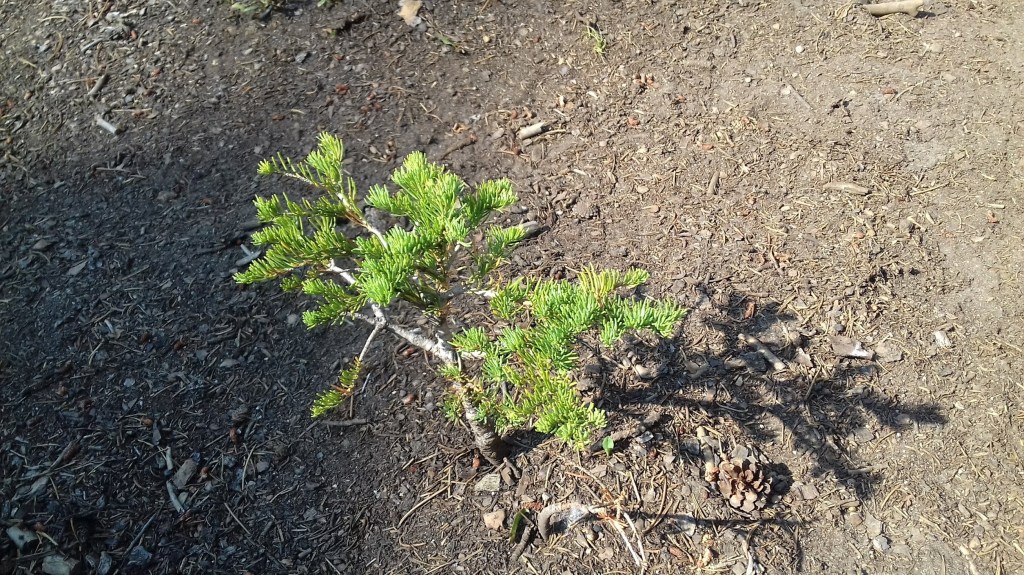
Reading through news feeds and social media voices everywhere call out for attention. “We are presently dealing with the accumulation of a whole society that has worshiped its light side and refused the dark, and this residue appears as war, economic chaos, strikes, racial intolerance. The front page of any newspaper hurls the collective shadow at us.” Writes the Jungian psychologist Robert A. Johnson. How do we take it all in and go on living with so much need everywhere? Johnson suggests we begin by stepping in closer toward those shadow parts of ourselves and our culture. We’ve have participated in creating our shadows, Johnson explains. Instead of ignoring or running away from them we can, instead, turn toward them. “…our own healing proceeds from what we call that overlap of good and evil, light and dark. It’s not that the light element alone does the healing. The place where the light and dark touch is where miracles arise,” explains Johnson. “The tendency to see one’s shadow “out there” in one’s neighbor or in another race or culture is the most dangerous aspect of the modern psyche. It has created two devastating wars in this century and threatens the destruction of all the fine achievements of our modern world. We all decry war but collectively we move toward it. It is not the monsters of the world who make the chaos but the collective shadow to which everyone of us has contributed.”
I recall seeing logs with cryptic squiggles on them looked like some kind of calligraphic writing while camping at Wright’s Lake in California Sierra Nevada mountains. These mysterious markings are made by bark beetles as they eat between the bark and the tree trunk. Stressed, diseased, or injured trees are susceptible to bark beetles attacking them and sometimes the trees can’t adequately protect themselves against the beetles. The beetles carry fungi that further weakens the tree’s defense. When the tree dies and loses its bark, we can see the squiggly pathways the bark beetle left. Bark beetles are only about a quarter inch long, but they feed on the trees living tissue and make the tree unable to take up the nutrients it needs for survival.
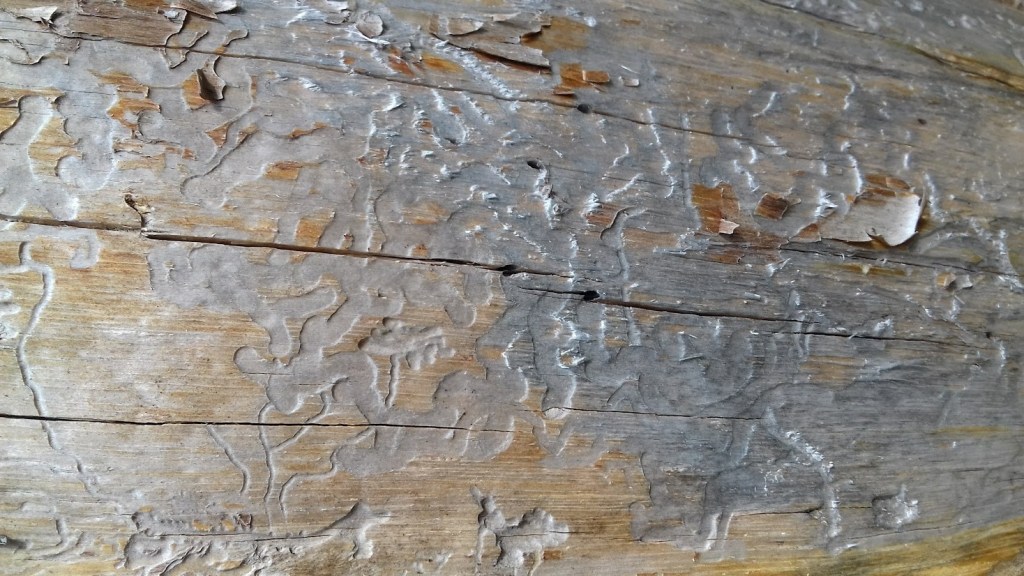
Like the bark beetle, our shadow sides can eat away at that part of us that carries our life. It’s best to turn toward our shadows. “To honor and accept one’s own shadow is a profound spiritual discipline. It is whole-making and thus holy and the most important experience of a lifetime,” writes Johnson.
In Western culture, we pay so much attention to control and rational thinking. French mathematician, physicist, inventor, writer, Blaise Pascal wrote, “The heart has its reasons which reason knows nothing of… We know the truth not only by the reason, but by the heart.” In this time of lingering darkness, I want to lean into the wisdom of the heart and learn from it more of what the shadows have to teach.
As a child, my mother brought me out on the front porch at dusk to listen to the sounds as day changed into evening. We listened to voices of coyotes echoing through the valley, of owls, became aware of the cooling air, then later the star light pricked night. In this experience, whole other worlds and ways of being in the world emerged. Listening to the spaces between seeing and the challenges of seeing, knowing and not knowing; leaning into the voices speaking from below the surface, the half inaudible voices–what might we sense nudging at our hearts?
Ted Kooser, in his poem, “A Letter in October,” describes a scene where he used to be able to sit at his window at dawn to see a doe
“..shyly drinking,
then see the light step out upon
the water, sowing reflections
to either side”
but now sees “…no more than my face,
mirrored by darkness, pale and odd,
startled by time…
… And I,
who only wished to keep looking out,
must now keep looking in.”

Sooner or later it seems we will all be confronted with ourselves and the need to look inward. Why not begin now? Sit by the night window, on your night steps, or take a night walk, dance with the lights out, record your dreams, pull out photos of your ancestors long gone if you have them, tune in to the turning point in your breath. By attuning ourselves to that in between space of knowing and not knowing, belonging and not belonging, comfort and discomfort, giving this a name perhaps as if it is a presence, and making friends with it, what might we learn?
A song for wholeness, by Melanie DeMore. “All One Heart.”




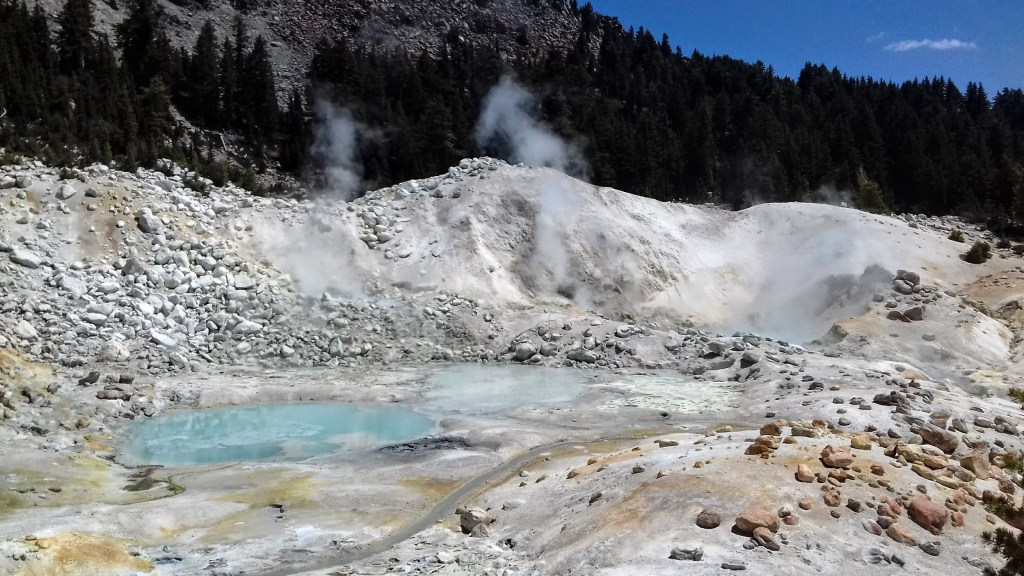








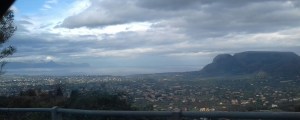







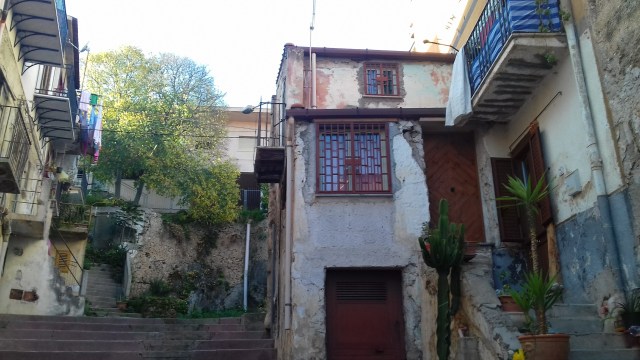





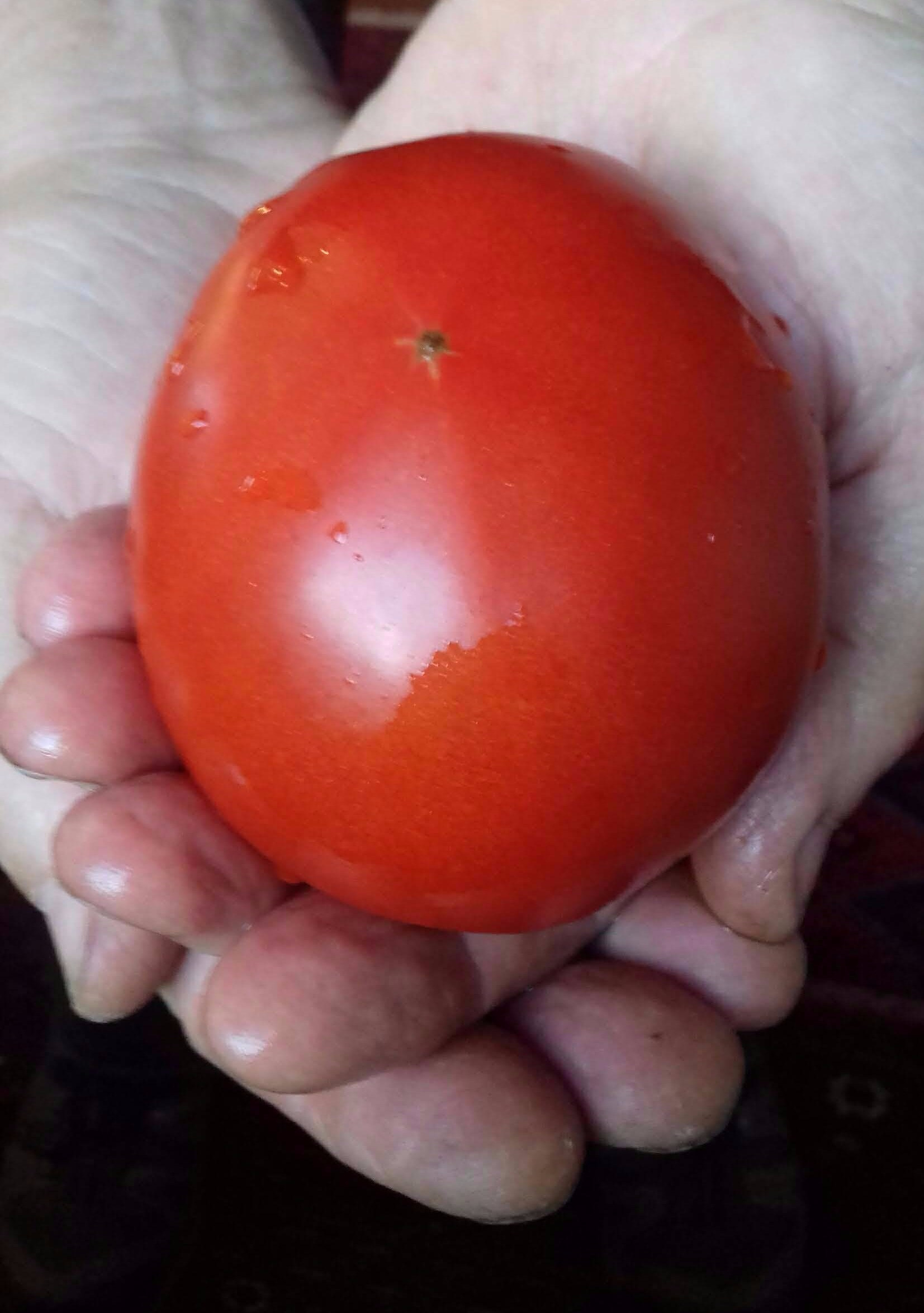 This is the time of year when international school teachers begin to pursue jobs in new locations if they are planning to move to a new school the following school year. There is a lot of appeal to moving to a new school in a new country. It is exciting to explore a new culture, to enter into a new world that holds a different way of thinking, living and being as there are always valuable things to learn from other cultures, and living in one makes you examine your own life and values.
This is the time of year when international school teachers begin to pursue jobs in new locations if they are planning to move to a new school the following school year. There is a lot of appeal to moving to a new school in a new country. It is exciting to explore a new culture, to enter into a new world that holds a different way of thinking, living and being as there are always valuable things to learn from other cultures, and living in one makes you examine your own life and values.

